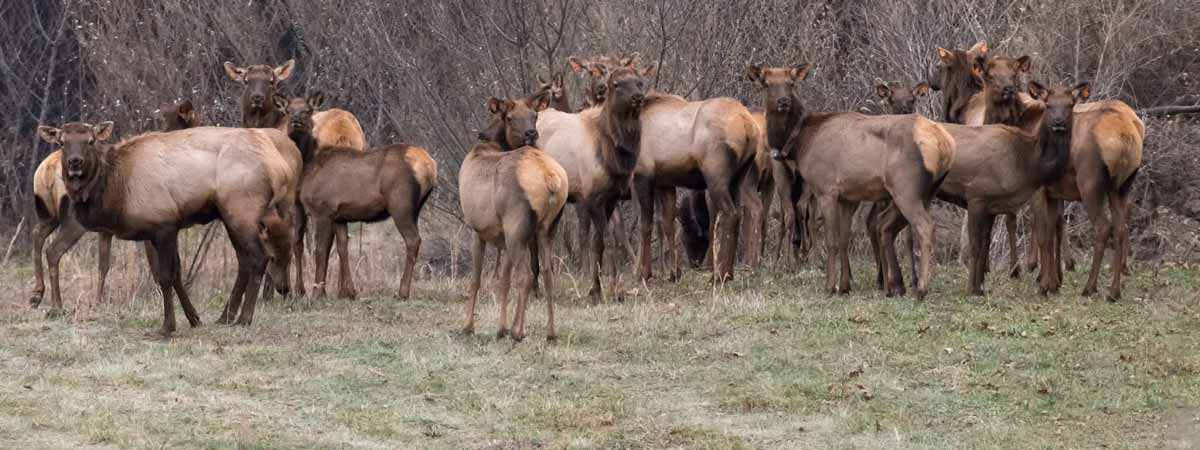If you took vitamins as a kid, your parents probably told you they would help you grow up big and strong. The minerals in the supplements were important for your body. They’re important for elk, too. Of course, elk don’t take vitamins. They just eat dirt.
Elk love mineral salts, including sodium, and elk will often eat mineralized soils or salt-bearing waters to get them.
Just as eating only burgers every day wouldn’t give humans the balanced diet we need, grazing and browsing doesn’t necessarily provide all of the nutrition an elk requires either. Mineral licks are great sources of what grass and shrubs lack—not only sodium, but magnesium, phosphorus, carbonates and sulfates and inorganic sulfur.
The minerals found in salt licks help elk to recover from hard winters, grow antlers, keep a healthy coat and lay down fat stores for the coming winter. They also help nursing cows restock on the nutrition they lose through lactation.
Carbonates help elk digest new spring growth, which can otherwise be hard on an elk’s stomach. And inorganic sulfur is used by microflora, tiny microorganisms that live in elks’ rumen, to create certain amino acids. When the elk later digests the microflora, the amino acids are used to help grow elk connective tissue and that highly-prized set of antlers.
Elk will habitually flock to salt licks, so much that some have seen for hundreds of years’ worth of lapping tongues. In Pennsylvania, some ancestral elk and deer paths leading to salt licks near the Susquehanna River were so large and well-trodden that the state co-opted them when they chose routes and built what have now become major roadways.
Mineral licks are so attractive to elk that most states prohibit the use of any artificial licks during hunting seasons and punish offenders for illegal baiting.
While a dirt snack might not sound like the most appetizing thing on the menu now that you’re grown up, for elk it remains a favorite for everything from calves to herd bulls and lead cows.
